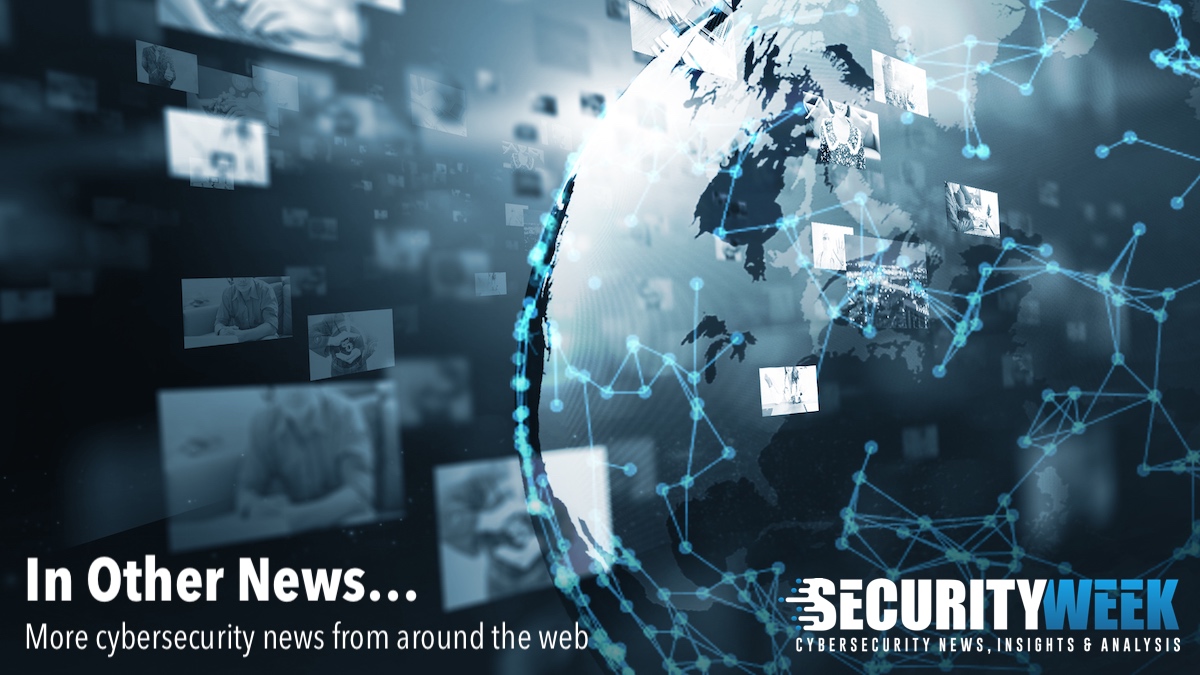
Summary: A targeted malware campaign by the Russian state-aligned group Gamaredon is exploiting Windows shortcut files to disseminate the Remcos backdoor, primarily targeting users in Ukraine. By masquerading as sensitive military documents, this operation takes advantage of the ongoing geopolitical strife, using sophisticated techniques for stealth and access retention.…
Read More 














